Solar cell and solar panel seem to be similar terms which is why many people confuse these two and although used interchangeably, they are entirely different. In this article, we will take a closer look at the difference between solar cell and solar panel. To do so, first we need to understand what a solar cell and solar panel are and how they work. Follow this new blog in Linquip to find out more.
What Is a Solar Cell?
A photovoltaic (PV) cell, also known as a solar cell, is an electronic component that generates electricity when exposed to photons or particles of light.
The photovoltaic cells are produced from polycrystalline and monocrystalline materials. Usually, they consist of several layers with two semiconductors placed at the center. The bottom semiconductor has missing electrons making it the positive layer. The top semiconductor, however, contains extra electrons making it the negative charge.
When the top semiconductor gets hit by sunlight, the loose electrons get discharged to the bottom positive layer. There will be a barrier formed between the negative and positive plates because the semiconductors force the electrons to go around cells. An electric current is, therefore, created as the loose electrons force their way to the bottom semiconductors.
The conductors will then transmit the formed current into the electric load. The process gets repeated when the electrons re-enter the cell. It is a simple process that ensures you get sufficient electricity for your needs.
Understanding the distinction between solar cells and solar panels is crucial for selecting the right components for your energy needs. Solar cells are the individual units that convert sunlight into electricity, while solar panels are assemblies of these cells working together to generate power. For those interested in harnessing solar energy, it’s beneficial to explore products that offer efficient and reliable performance. OffGrid Living Solutions provides a variety of high-quality solar panels suitable for diverse applications.
What Is a Solar Panel?
A solar panel, or photovoltaic (PV) module, is an assembly of photovoltaic cells mounted in a framework for installation. Because Individual solar cells produce limited amounts of energy, solar panels contain multiple solar cells connected in a series of parallel circuits which create a solar module. Solar modules seal the solar cells and wiring in a protective case to guard them against weather conditions. The modules are then wired together into a solar panel.
The solar panel amplifies, protects and directs the energy coming from the individual modules of solar cells. A solar panel can consist of a single module or multiple modules depending on the coverage required.
The number of cells in your panel will depend on the specific brand and size you choose, although 60 and 72 cells in a single panel are common.
What Is a Solar System?
Producing electricity for your home or business is a function of solar cells and solar panels working together. The solar cells are actually contained within the solar panels with each part playing a specific role within the larger system which is called solar system or photovoltaic system. The entire solar energy system works quietly and efficiently to produce electricity.
Beginning with individual solar cells arranged to allow for the capture and conversion of sunlight into electricity. Once captured by the solar panels, the electrical output of each solar cell is sent to an inverter that converts the DC (direct current) to AC (alternating current) which is the current used in your home or business. Once converted the electricity is sent through a meter into your home or business.
The Difference Between Solar Cell and Solar Panel
As mentioned above, photovoltaic cells and panels are both integral, closely connected parts of your solar PV system. Photovoltaic cells are the main component that make up a solar panel, while solar panels are a vital component that makes up a solar system.
While a single photovoltaic cell is able to convert sunlight into electricity on its own, the panel is essential to combine and direct the energy output of numerous cells to your inverter and home.
So this is everything you need to know about the difference between solar cell and solar panel. Now that you know what makes them different, let us know what you think by leaving a reply in the comment section. We will be more than glad to have your viewpoint on the article. Is there any question we can help you through? Feel free to sign up on the Linquip website where our experts are prepared to provide you with the most professional advice.
Buy Equipment or Ask for a Service
By using Linquip RFQ Service, you can expect to receive quotations from various suppliers across multiple industries and regions.
Click Here to Request a Quotation From Suppliers and Service Providers
Read More on Linquip
- Beginner’s Guide To The Difference Between Solar Energy And Wind Energy
- Differences Between Nuclear Fusion and Fission
- Types of Solar Panels: A Simple Guide Assisting You to Have Better Choice
- How Much Do Solar Panels Cost Per Square Foot?
- Difference Between Renewable Energy and Fossil Fuels
- All You Need to Know About Solar Companies
- Extend Battery Life Of Solar Power System: Tips From Experts
- Why Are Solar Panels Efficient?
- Top 10 Solar Panel Companies and Manufacturers in the US
- Common Problems with Solar Air Conditioners
- Your Handy Guide to Solar Panel Installation Cost
- Efficiency of Fuel Cell: Calculation Formula & Equation
- Efficiency of Solar Panels: A Practical Guide
- Do Solar Panels Work at Night?
- A Concise Introduction to Solar Hybrid Power Systems
- A Complete Guide To Solar Panel Output
- The Complete Guide to Polycrystalline Solar Panel: Features, Working Principle, and Applications
- Everything You Need to Know About Monocrystalline Solar Panel
- Which Type of Solar Panel Is the Best?
- Advantages of Solar Energy and Why You Should Switch Into Solar Panels
- How Solar Energy Works?
- Disadvantages of Solar Energy and Why You Need to Know Them
- Types of Solar Energy: Learn the Basics, Get the Most Out of It!
- 10 Best Solar Batteries for Residential and Commercial Use
- The Ultimate Guide to Solar Panel Calculation: Harness the Power of the Sun with Linquip
- Calculating Solar Panel Wattage: A Comprehensive Guide by Linquip

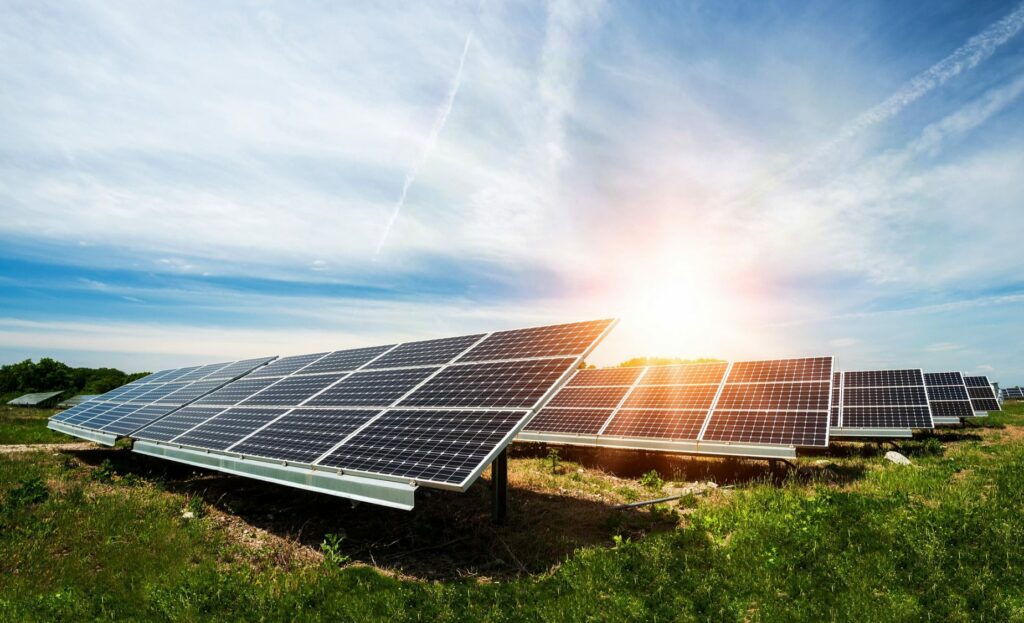
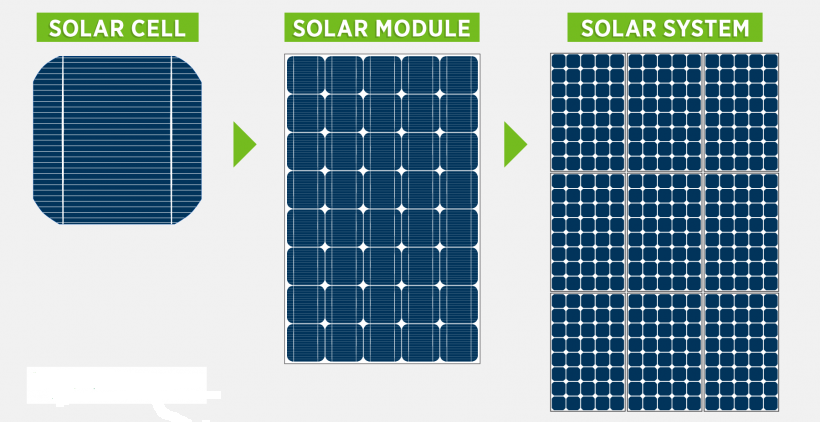
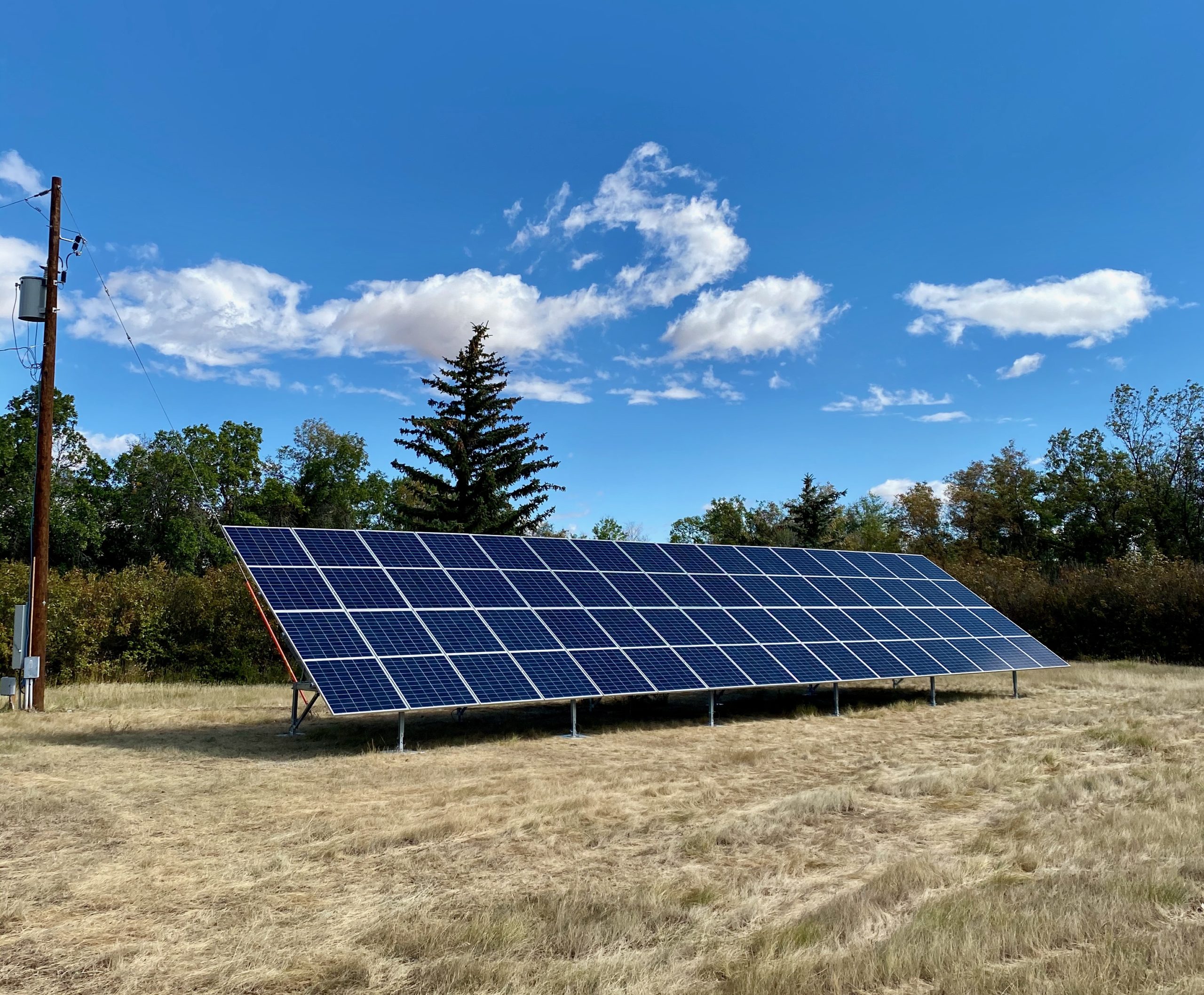
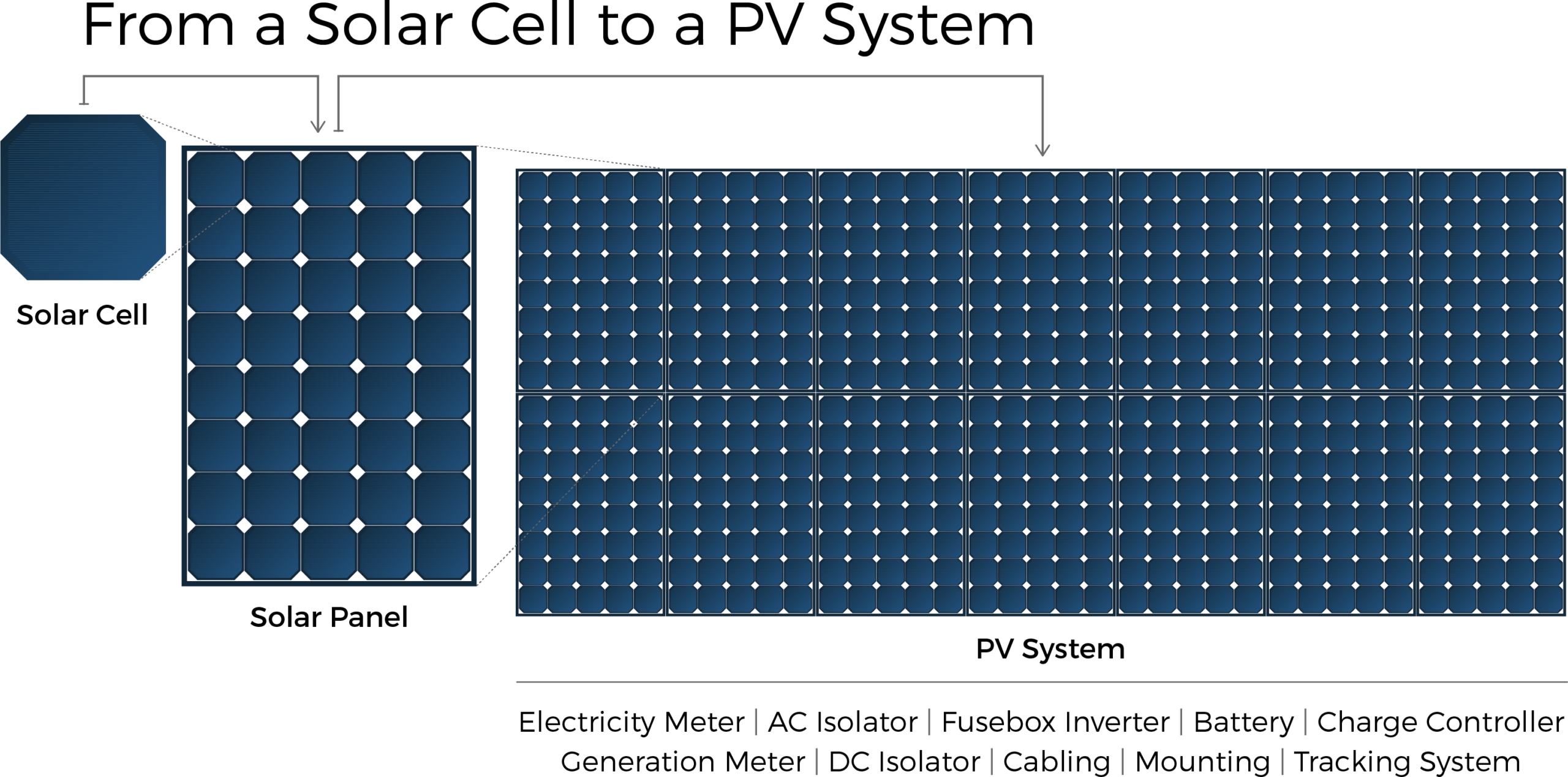
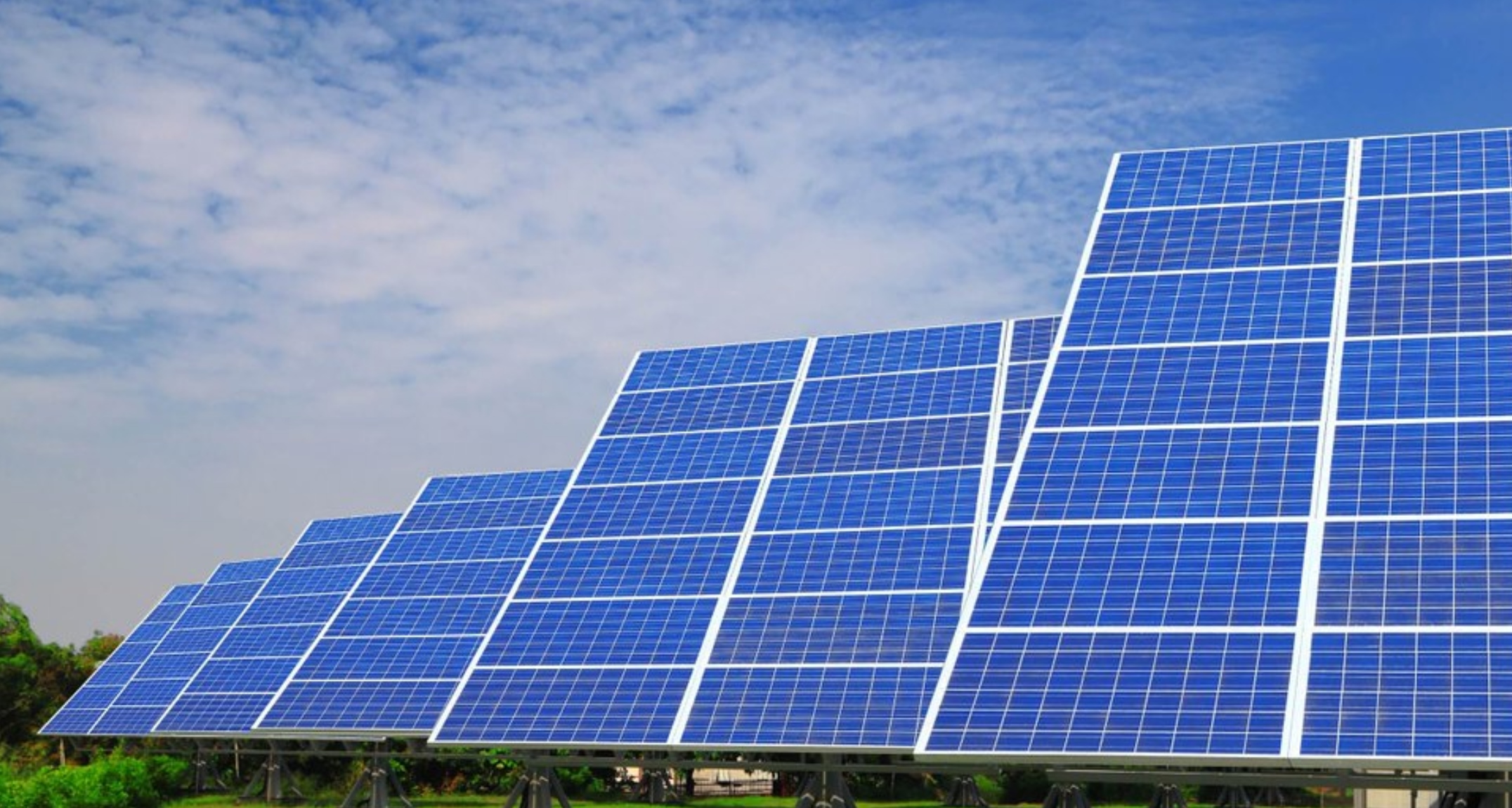


Solar cell is good for gaining energy or solar panel is good for gaining energy, which is better performance?
Thanks for visiting our website, Bilal! Thin film solar panels are known to age a little more quickly than monocrystalline and polycrystalline solar panels. Since they are easier to produce, their output is 5% lower than that of monocrystalline solar panels. Thin film cells typically provide solar panels with an efficiency of 15–22%.